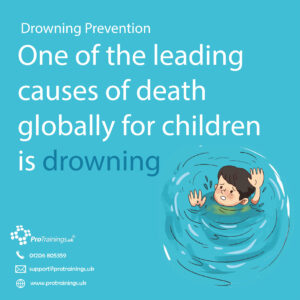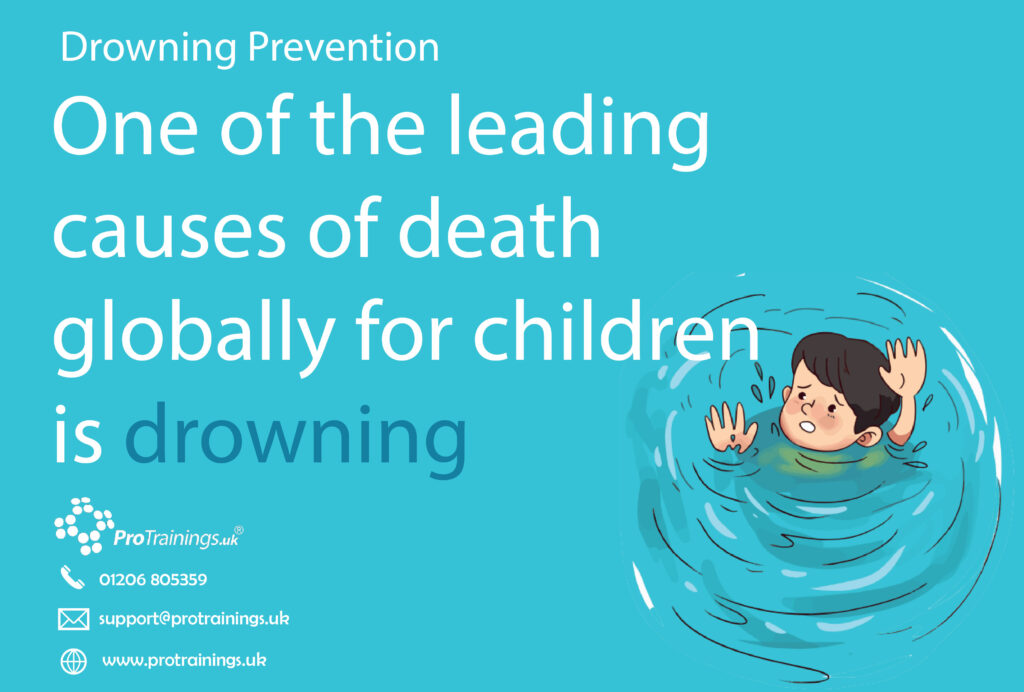
Research shows that more than 90% of drowning deaths occur in low- and middle-income countries, with children under the age of five being at the highest risk. Often, these deaths are linked to daily routine activities. These activities include bathing, collecting water for domestic use, travelling over water on boats or ferries, and fishing. Seasonal or extreme weather events, such as monsoons, are also frequent causes of drowning.
Through evidence-based, low-cost solutions, many of these deaths are preventable. These can be prevented by the following solutions:
- Installing barriers controlling access to water.
- Providing safe places away from water, such as creches, for preschool children with capable childcare.
- Teaching swimming, water safety and safe rescue skills.
- Training bystanders in safe rescue and resuscitation.
- Setting and enforcing safe boating, shipping and ferry regulations.
- Improving flood risk management.
Although World Drowning Prevention Day was on the 25th of July, you can still continue to help to save lives throughout the year.
For individuals, you can:
- Share drowning prevention and water safety advice.
- Take swimming or water safety lessons.
- Support local drowning prevention charities and groups.
For groups, you can:
- Host public events to share water safety information.
- Set up water safety campaigns.
- Support/deliver new drowning prevention initiatives.
And Governments can:
- Launch prevention policies and strategies.
- Organise parliamentary discussions from petitions.
- Commit to prevention programmes on a larger scale.
For more information on ProTrainings courses, see www.protrainings.uk or for equipment visit www.first-aid.online.co.uk. You can call us on 01206 805359 or email support@protrainings.uk.
